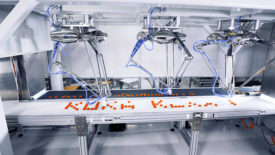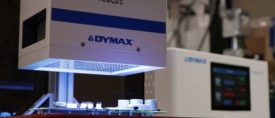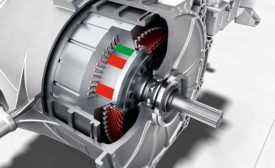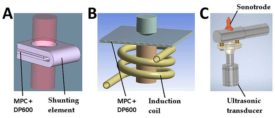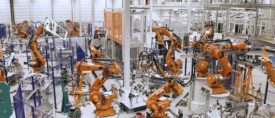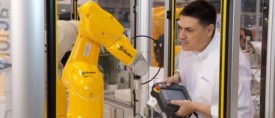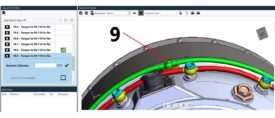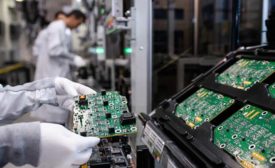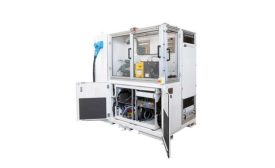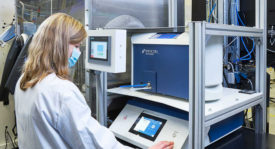Featured on Home Page
Coating Improves Grip on Game Controller
A sprayable, UV-cure coating provides a nonsticky, textured feel for video game controllers.
March 8, 2023
Assembling EV Motors With Adhesive
Magnets, rotors, shafts, stators and other metal components require epoxy.
May 17, 2022
Spot Welding Metal-Plastic Composites
A new resistance spot welding process can join metal-plastic composites
April 7, 2022
Justifying Investment in Automation
Production ‘pain points’ should be identified and well documented.
March 31, 2022
Picking the Low-Hanging Fruit
Assemblers that are new to automation are well-advised to start with a simple project and grow from there.
March 23, 2022
Make the Most of MES
The capabilities of manufacturing execution systems software have greatly expanded in recent years, making it a must-have tool for manufacturers in the age of Industry 4.0.
March 7, 2022
Three Tips for Testing EV Motors
The dawn of the EV era is changing motor testing.
February 22, 2022
Leak Testing Battery Packs
In-process and end-of-line tests are equally important.
February 16, 2022
Never miss the latest news and trends driving the manufacturing industry
Stay in the know on the latest assembly trends.
JOIN TODAY!Copyright ©2024. All Rights Reserved BNP Media.
Design, CMS, Hosting & Web Development :: ePublishing
